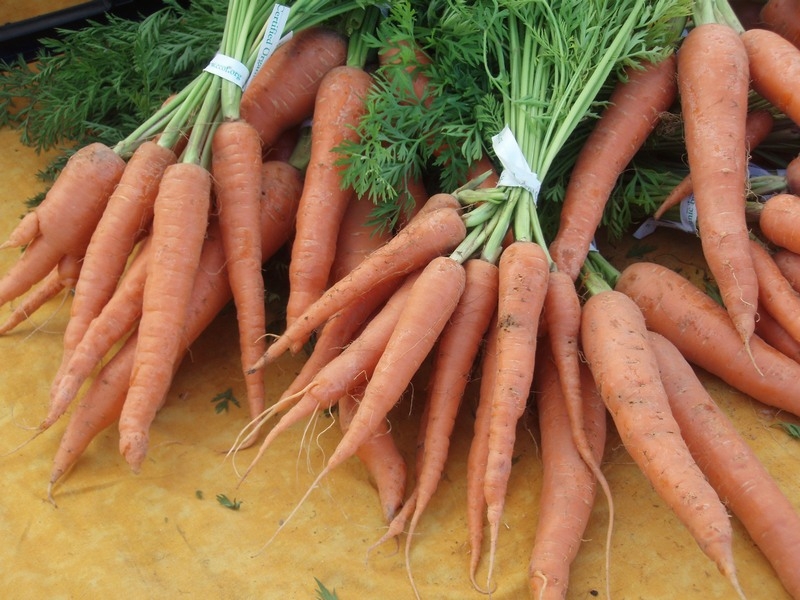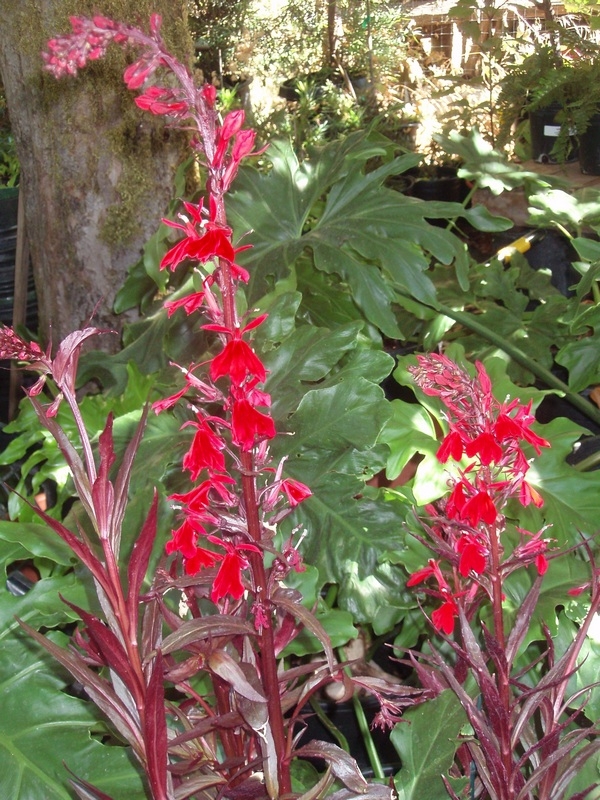If you love carrots like I do, now is the time to plant the seeds directly in the ground.
Carrots as we know them originated from forms grown around the Mediterranean. By the 13th century carrots were well established as a food in Europe and came with the first settlers to America, where Indians soon took up their culture.
Flavor differs greatly among varieties and planting time affects flavor, too. September is one of the best months to plant. Carrots achieve their sweetest taste when the last few weeks of growth occur in cool weather. Also, unless a carrot is bred to be harvested young, it won’t develop full flavor until mature.
Two ingredients determine a carrot’s flavor- sugar and terpenoids ( volatile compounds that impact the carrot flavor ). Because terpenoids develop earlier than sugars, a carrot that is harvested too young might taste bitter. For peak flavor and texture, dig carrots anytime after they’ve developed a deep orange color.
Commercial carrot varieties have been developed for uniformity of shape, as well as for color, disease resistance and ease of harvest. But home gardeners can select a carrot more for flavor than appearance. So how do you choose the sweetest ones to grow?
Carrots are normally grouped into several types- Nantes, Chantenay, Danvers, imperator and Paris market. For flavor it’s difficult to beat a Nantes. Nantes Coreless or Little Finger are two popular varieties. They’re not a carrot you’ll find in the grocery store because they’re difficult to harvest commercially and don’t store well. Both are juicy and sweet. Nantes coreless grows to 6-7 " long, is blunt-tipped and fine grained. 
Red Cored Chantenay has broad shoulders and strong tapered tips. This wedge-shaped carrot is rarely grown by commercial growers. For the home garden it produces 6" long carrots that keep well when left in the soil, store well after digging and are sweet and crunchy. They perform well in heavy soil, too.
Danvers Half Long are another variety that are tasty raw, cooked, or juiced. Carrots found at the super market are usually Imperators just so you know.
Whichever variety you choose to grow, prepare the soil by deeply working in organic matter. Avoid fresh manure or your carrots will develop fine, hairy roots. Remove exposed clods and stones from the soil and soak the bed before planting. Scatter seeds thinly on top and cover with 1/4" compost to keep soil from crusting so the seed can punch through. Firm soil gently and keep moist.
Germination take 10-17 days. To help keep the tiny seeds moist, you can cover the seedbed with wet burlap just until they germinate. When seedling have 2 or 3 leaves, thin them to 2" apart. Keep soil deeply and evenly watered. Control weeds with shallow hoeing. Fertilize once a month and in a 60-75 days your carrots will be a deep orange color and at their peak flavor. You just can’t beat pulling a sweet carrot straight from the earth for sweetness.

 So often we design a border with short plants in the front, medium-size plants in the middle and large or tall plants in the back.
So often we design a border with short plants in the front, medium-size plants in the middle and large or tall plants in the back.